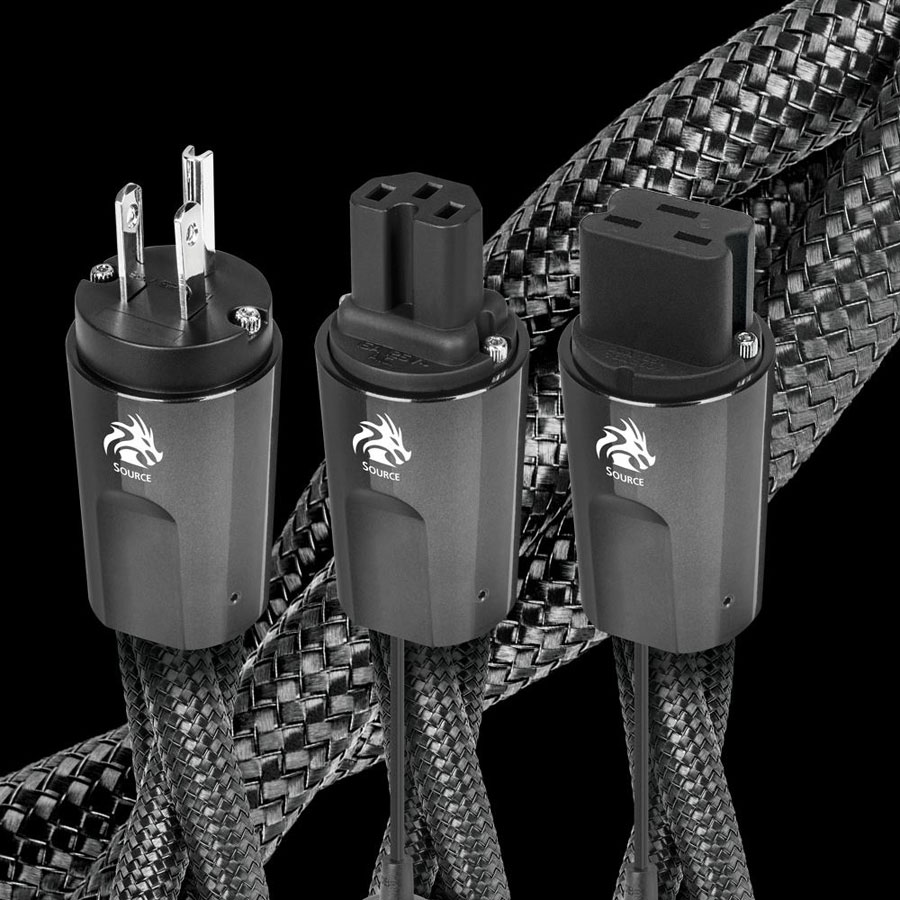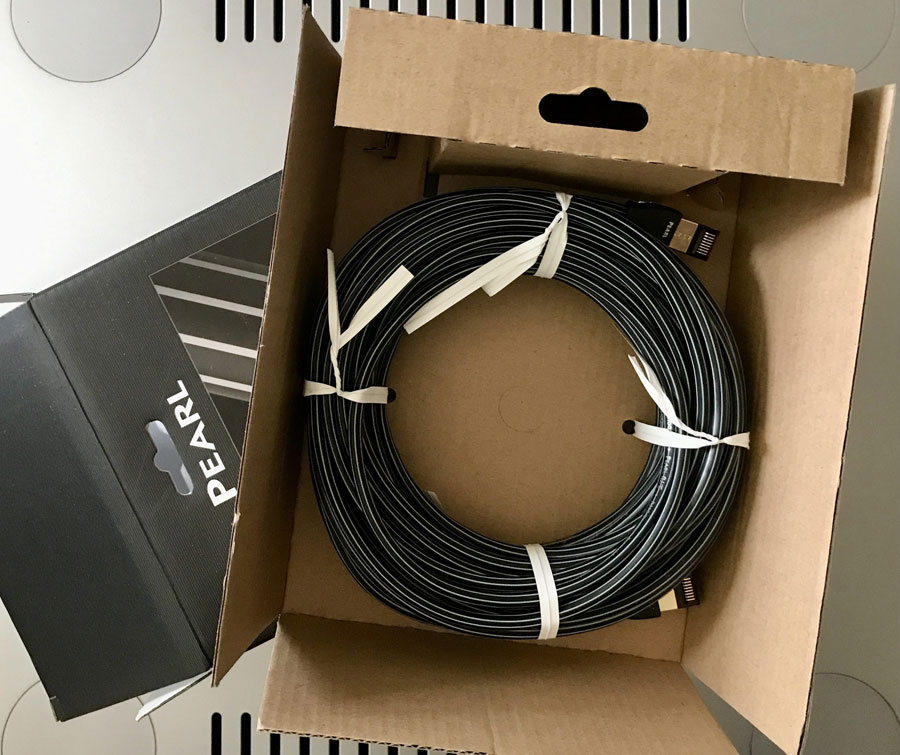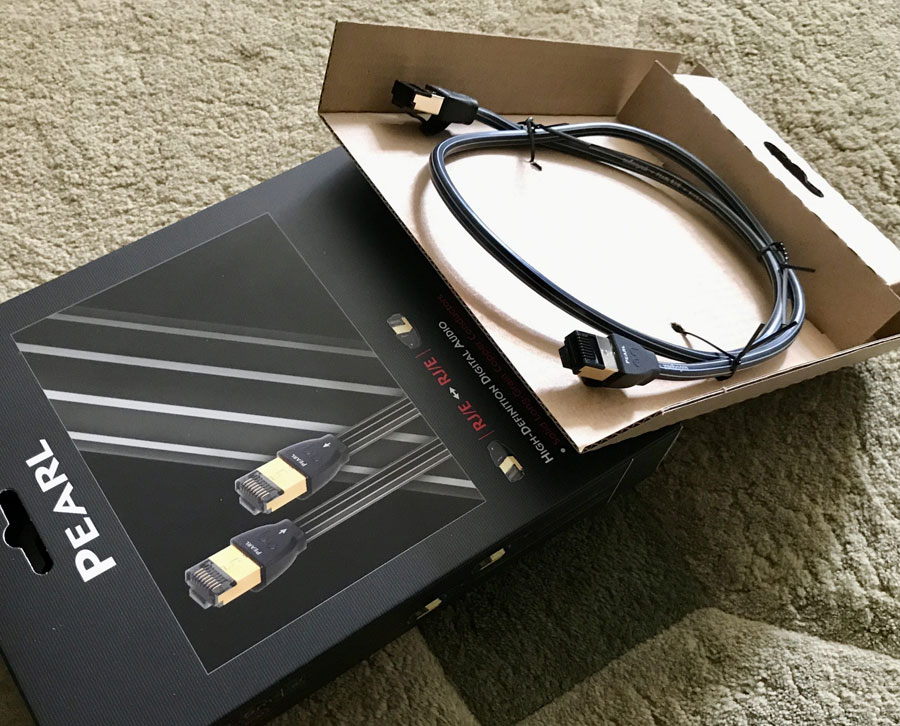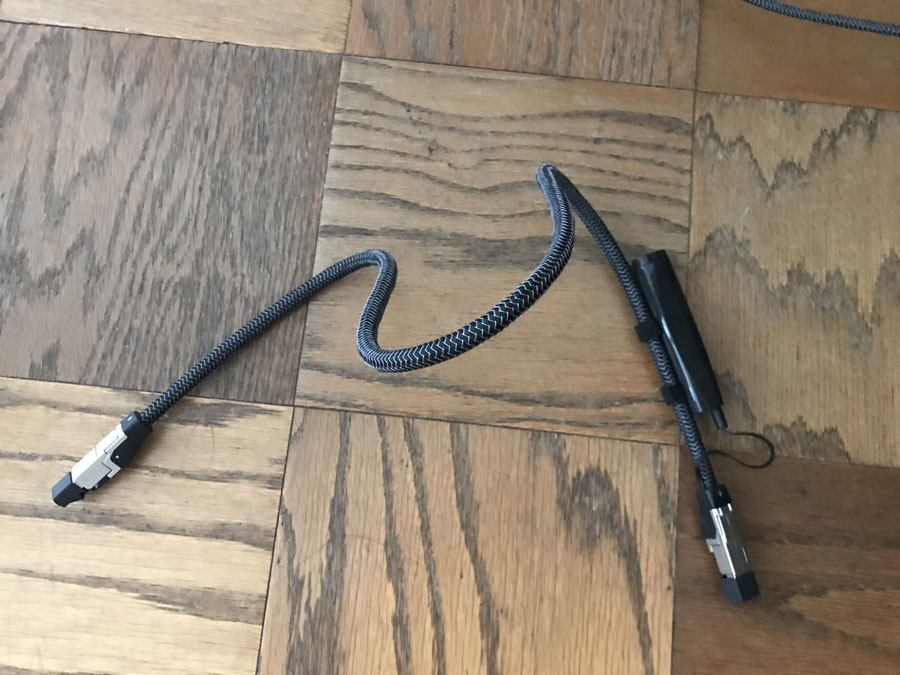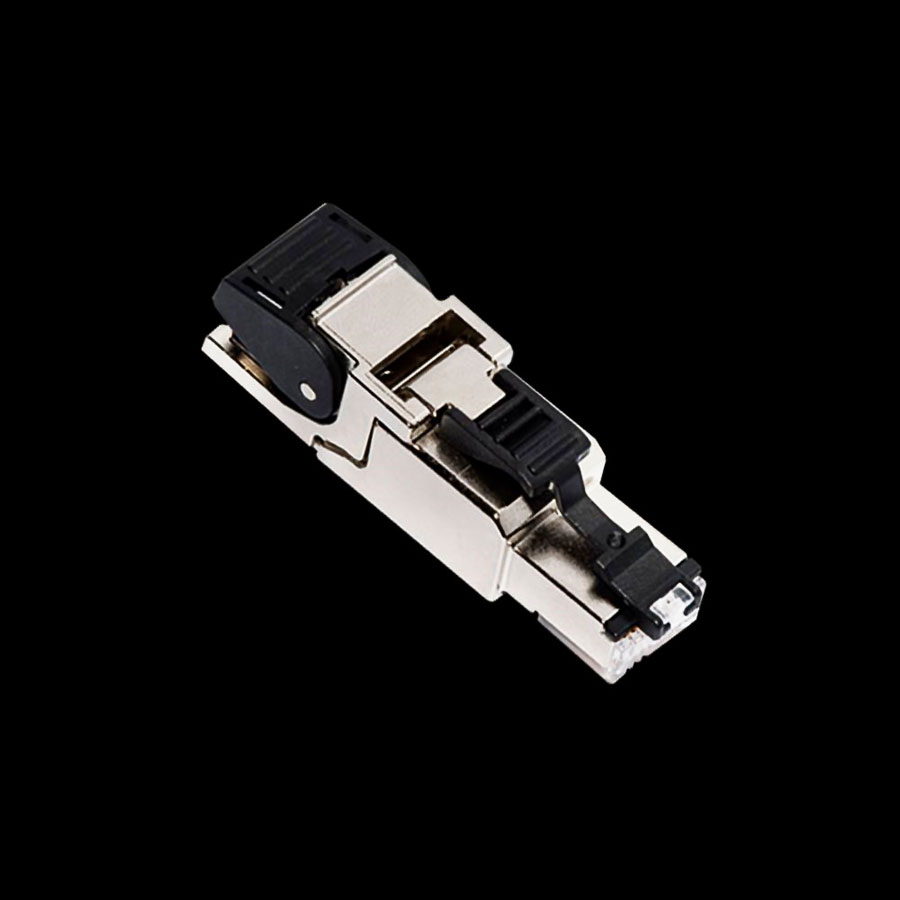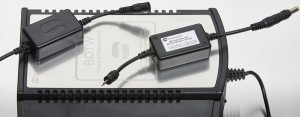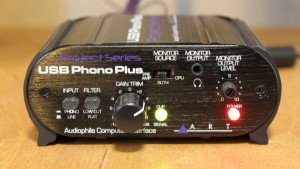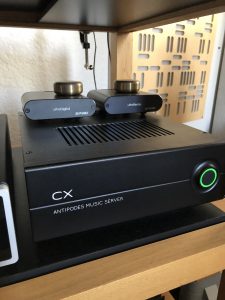Something strange happened recently that caused me to rethink the testing paradigm used by reviewers. I was multitasking, putting some low-priced music streaming gear through its paces, while checking out a sampling of AudioQuest Ethernet cables.
I began with AQ's bottom-of-the-line Pearl ($49.95/1.5m), then swapped to the top-of-the-line Diamond ($1599.95/1.5m), when it struck me. For 30 times the price, you would think there would be more than a teeny difference between the two, right? Similarly, when I upgraded from a wall-wart to a linear power supply for the Ethernet switch, I barely heard it.
The Value of Golden Rules
It took longer than it should have to digest this data and recall Golden Rule #2: The system takes on the greatest coloration from the least transparent device. In other words, something on the floor was preventing differences from coming through. The next step was to scout out the blockage and purge.
The streaming gear was from Fidelizer, an audiophile boutique based in Thailand, consisting of their EtherStream Network Switch (MSRP $395), AirStream Audiophile Wireless Router ($495), and Nikola Signature LPS ($695). I have plenty of experience with this gear. Surround it with higher quality ancillaries and it will rise to at least the next level. I continued scanning…
AQ Dragon PCs
My eye halted at the power cord on the Nikola LPS. While it's a good value and a suitably priced mate at $199/1.75m, I knew it couldn't scale up. At one point I had a pair on my powered subs, and these PCs brought the whole system down a level. The only replacement PC on hand was an AudioQuest Dragon, so I reached for it, then hesitated. I heard you sub voce, "That's ridiculous. Putting a $7800/2m power cord on a $695 LPS wouldn't be done in the real world." Correct, however, reviews are not the real world. What the hell—let's see what happens. I plugged in the Dragon and, bingo! The blockage lifted and the expected differences appeared. This is exhibit A to justify such pairings.
I will go on record with this revised review paradigm: When evaluating gear, the reference system should present as few blockages of its own as possible. If the component under review is low to mid-fi, the ideal reference system should consist of higher-quality parts. Only in such context will you be describing the contender and not the system around it. For top-level gear, the context has to be at least at the same level. In the current instance, the bottleneck was the link that cost the least, but that's not always the case. (By the way: For those who are curious, Golden Rule #1 is fidelity to the source.)
Now Back to the Usual Narrative
With that duly noted, we can proceed with the usual narrative. What we do is make comparisons. I've got Diamonds and Pearls, but first I'm going to resurrect the long run of off-the-shelf Ethernet cable I bought at Home Depot for $50/50' back when I was a streaming newbie. This will serve to put the Pearl in perspective. A 12m run of Pearl ($199.95) just managed to cover the distance from my hallway router to the Ethernet switch on my rack.
I started up Qobuz and cued the second movement adagio of the Dvořák Violin Concerto with Augustin Hadelich as soloist and Jakub Hrůša conducting the Symphonieorchester des Bayerischen Rundfunks (Bohemian Tales, Warner Classics 527476). What a splendid outing! Classical fans take note: You should get acquainted with these guys. I've been following violinist Hadelich for many years after catching him live in NYC's Town Hall. Jakub Hrůša came to my attention more recently. My interest in Bohuslav Martinů led to the acquisition of Dvořák & Martinů: Piano Concertos (Supraphon, SU 4236-2). The Martinů Piano Concerto No. 4 on this disc surely qualifies as a Super Disc. Simply amazing for performance and sound, and guess who is on the podium—Jakub Hrůša.
The Home Depot Ethernet Cable
With the long run of Home Depot cable in line, we're back to square one when the $199 power cord was in play, except it's worse. The sound has no shape. What you have is a squishy blob, fat in the middle, truncated at the frequency extremes, that doesn't remotely resemble a soundstage. It conveys the composition in broad terms, but bears scant likeness to the real-life referent (the orchestra and solo violin), and would not qualify as high-end in anyone's estimation.
The Pearl Ethernet Cable
The nebulous blob shapes up with an infusion of texture and detail when I swapped to the long run of Pearl. The image of the soloist can be localized, separate and apart from the orchestra, and the violin suggests vibrating strings and a resonating wood box. The French horns sound like they're made of burnished brass. Meanwhile, the plane of the orchestra spreads along the horizontal axis and acquires shallow depth.
The Carbon Ethernet Cable
The Carbon (sold in bulk for $17.50/per foot; a 40-foot run is $700) clarifies the soloist's relationship to the orchestra. All instruments become distinct sound sources emanating from discrete, unwavering locations and space has opened up between them. The violin displays substantial body and throws a variety of tone colors. Stage width has expanded, depth remains a little shallow, while dynamic swings snap and crescendos pop, packing real wallop.
In this three-way comparison of a long run from the hallway to the Ethernet switch, the big jump from the generic Home Depot to the Pearl was expected. What surprised me was the move from the Pearl to the Carbon. This brought the kind of finesse I associate with much pricier cables.
The Diamond Ethernet
Pearl vs. Diamond
Short runs of AQ Diamond Ethernet cable were constant in this three-way comparison. Now let's make another "not the real world" comparison: The Pearl vs. the Diamond in the link between the Ethernet switch and DAC. The only reason for this exercise is educational.
The Diamond sports first-class dynamic range and pumps plenty of low-end, playing off impressive orchestral heft one moment punctuated by soft passages featuring the soloist the next. The cable exerts just the right amount of grip at both dynamic extremes, keeping instruments from softening up too much on micros, nor making them tight and stiff on macros. Resolution of detail is excellent, and I would hazard frequency response is ruler flat. The Diamond scores A+ on the audiophile side of the ledger.
The musical goods were dished up with equal finesse: body, tonal density, and timbral variety were all quite satisfying. That's the thing: the Diamond performs well across the board and doesn't leave anything to quibble about. Perhaps not the very best I've heard, but its performance gives it entry to that court, which is saying a lot given its relatively low MSRP. I consider it a bargain.
The Pearl is even-handed in its own way, just not capable of resolving all of the violin's colors and textures. The violin assumes more of the color, timbre, and characteristics of other instruments. Dynamic range is pretty good, with strong punctuation by the double basses—or is it the cellos and tympani? And that's the take away: as you go down the cable ranks, instruments sound increasingly alike and more homogenized. Stated conversely, the things that make instruments distinct, the ratio of unique to homogenized sound, increase as you go up. The goal is for each instrument to sound and behave wholly true to itself.
The Pearl gets you started on that road; the Diamond brings you much closer to the destination.
Cosmetics and Build Quality
The Pearl Ethernet cable is thinner and more flexible than the Home Depot cable, making it really easy to work with. This Cat 7 cable may not look particularly distinctive, but it is designed and constructed with audiophile parts, for example, gold-plated nickel Rj45 connectors and Solid Long-Grain Copper conductors.
The Carbon Ethernet cable is thicker in diameter and less flexible. It is offered in bulk or factory-finished with your choice of connectors, and has 5% silver-plating on its copper conductors.
Telegartner Rj45 connector
The Diamond sports first-class parts and fabrication everywhere, from the confidence-inspiring, chunky Telegartner CAT7 connectors, to the heft of the woven dielectric. The Diamond has all the latest AQ cable technology, including Noise-Dissipation System (NDS) and Dielectric-Bias System (DBS). Beyond the Carbon in thickness and stiffness, its conductors are made of solid 100% Perfect-Surface Silver.
Conclusion
I certainly wouldn't have guessed where this comparison of Ethernet wires would wind up. For the first time in my house, music streaming revealed glimmers of true high-end sound. The time has come to take this format seriously.
Akin to that observation is how affordable streaming is. I got there with modest gear from Fidelizer, the EtherStream network switch (MSRP $395) and the Nikola Signature LPS ($695). Although I used a variety of AudioQuest Ethernet cables, it was the Diamond, the most expensive they offer at $1599.95/1.5m, that did the trick. Compare these MSRPs to anything else in my system and you're looking at fractions. (The exception is the major-league power cord I put on the LPS.)
Well, it begs the question. The marketplace has lots of offerings at double (or triple) the cost for every link in the chain. What if I did the comparison over again with major-league parts? First, I'd start with the LPS or maybe the MacBook Pro I use for a music server. Would Qobuz streaming finally challenge my CD transport? And then what?
Pearl Ethernet Cables
Retail: $49.95/1.5m, $199.95/12m
Carbon Ethernet Cables
Retail: sold in bulk $17.50/ft, $700/40 ft run without connectors.
Diamond Ethernet Cables
Retail: $1599.95/1.5m
AudioQuest





